Memories from the past

The nostalgia for video games of the 70s focuses on the Atari and Magnavox systems mainly. Sometimes from other manufacturers like Mattel or Coleco. But all the console manufacturers of the late 70s and 80s were based on the Fairchild, or also known as VES Channel F, it appeared at a time that nobody expected, much less in the Atari factory. Channel F, is the second console capable of supporting game cartridges, which hit the market.
It was not very successful and only had about 26 games. It was introduced in various regions, and is only known to collectors or retro console enthusiasts. We would have liked to see the face that Nolan Bushnell (founder of Atari) would have when they had the idea of launching their first game cartridge system-based console, and when they took a look at the market, they saw that it had only recently been the Fairchild system appeared, which already incorporated this system.
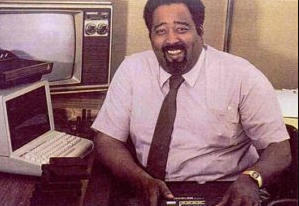
Staging and characteristics
Channel F was based on the Fairchild F8 CPU that had been developed by Robert Noyce before he put his own company to work, does Intel sound familiar? The F8 was quite a complex design when compared to ICs. It was so complicated that it was done in two parts that were integrated to complete a single machine. The video output was quite poor although in color, quite an advance for the time and it had an internal speaker that reproduced sounds in the game. The control knobs were joysticks without a base, in the upper part they had a triangular shape that was the one that moved. In addition, the remote had a kind of compartment in which the controls could be stored when we removed them. A very interesting detail, given that the upper part of the controller was quite fragile and could be easily broken.
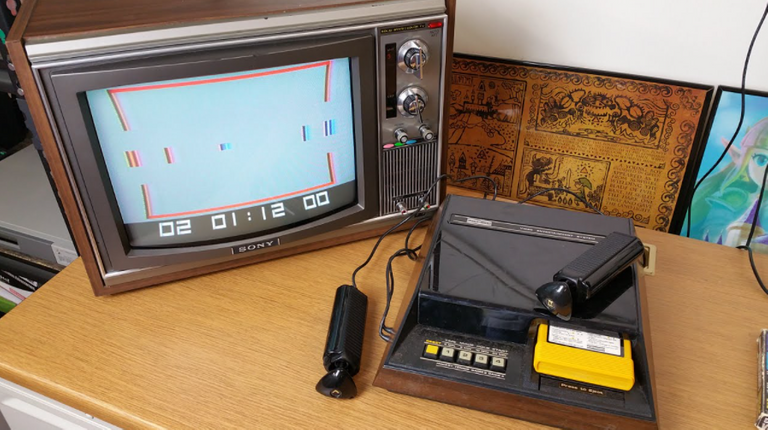
Joyscticks were somewhat rare, without a base, although later other companies would design similarities for other game systems. Something very useful for the good conservation of the controls was that the console had a small compartment to house the controls inside, which was useful when storing the console and that they did not receive any damage. This compartment had a lid, which made the console retain all its aesthetics. The console also came to be known as the Video Entertainment System or VES, and appeared on the market at the price of $169.95. Initially the console came with two memory games: a Pong and Hockey clone.
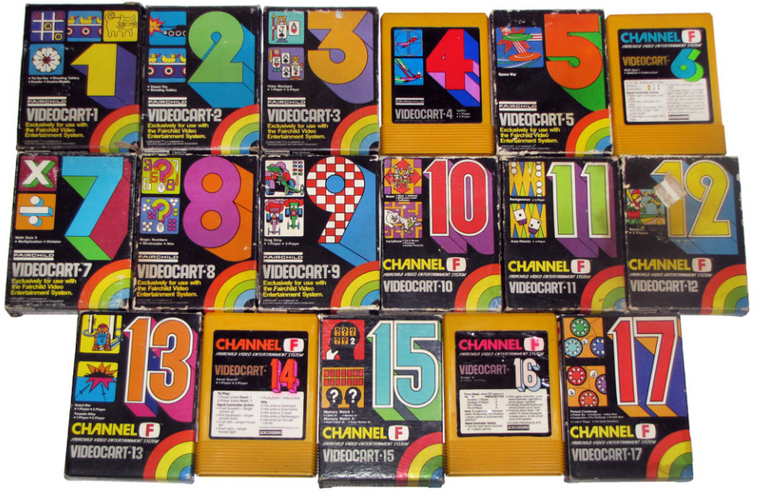
27 cartridges were launched, called "Videocarts". Several of these cartridges were capable of running more than one set and were typically priced at $ 20. The console contained two built-in games, Tennis and Hockey, which were both advanced Pong clones. In Hockey, the reflective bar could be changed to diagonals by turning the controller and it could be moved around the entire playing field. Tennis was very similar to the original Pong.
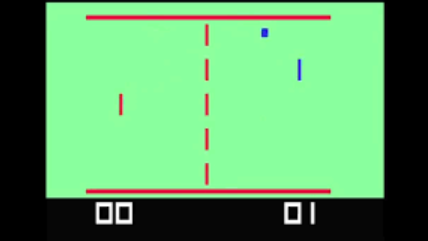
The hardware could use a graphics plane and one of four background colors per line, with three raster colors to choose from - red, green, and blue - that turn white if the background is set to black. It got a resolution of 128 × 64 pixels with a 64-byte RAM. The console's F8 processor enables single player versus computer matches, a first in console history. All previous machines required a human opponent. Tic-Tac-Toe also had this feature, it was only for one player against the machine. Another curious case happens with the game of chess, which requires very long turn times when the console has to move a piece.
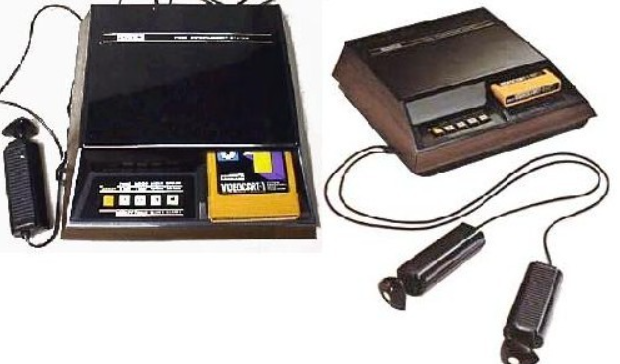
In summary, it was a good console for its time, compared to the simple consoles of its time, and they did not have the option to exchange cartridges. In fact, the only machines of its time were the typical Pong consoles, with Atari at the helm. It was focused on the market in a very innovative way, not only because of its cartridge system but also because of the subsequent appearance of the console in other parts of the world, such as Europe, and with its consequent modifications in terms of physical appearance and design. from the console. However, a slump was beginning to be seen in the video game industry, Fairchild resisted little to leave the video game industry. Like many others, it completely disappeared from the commercial scene, in the crash of '83.